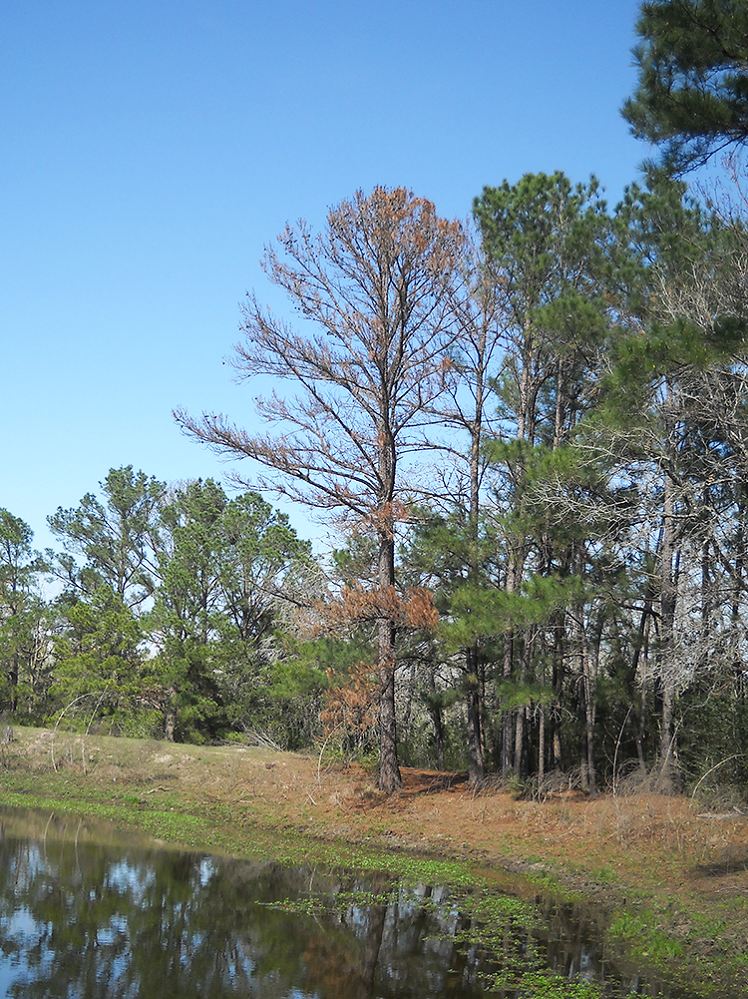August 13, 2024 – Texas A&M AgriLife Extension offers extensive resources and guidance on tree care during drought, recognizing the vital role trees play in both urban and rural environments. Drought conditions can severely stress trees, making them more susceptible to disease, pests, and long-term damage. AgriLife Extension’s approach to tree care during drought is designed to help homeowners, landowners, and municipalities maintain the health of their trees through proper management and informed practices.
One of the foundational aspects of AgriLife Extension’s tree care recommendations is the selection of drought-tolerant species. For new plantings, they advise choosing native or well-adapted trees that require less water and are better suited to withstand Texas’s often harsh, dry conditions. These species include varieties like live oak, Texas red oak, and cedar elm, which are known for their resilience in low-water environments.
Texas A&M AgriLife Extension emphasizes efficient and effective watering techniques as crucial for tree survival during drought. They recommend deep, infrequent watering to encourage deep root growth, which helps trees access moisture in the soil over longer periods. This method contrasts with shallow, frequent watering, which can lead to weak, surface-level roots that are more vulnerable to drought stress.
AgriLife Extension advises applying water slowly and directly to the root zone, which is typically located under the tree’s canopy and extending just beyond the drip line. They also recommend watering early in the morning or late in the evening to minimize evaporation, ensuring that more water reaches the roots.
Mulching is another key strategy promoted by AgriLife Extension to conserve soil moisture and protect tree roots during drought. A 2-4 inch layer of organic mulch, such as wood chips or bark, spread around the base of the tree (but not touching the trunk) can significantly reduce water loss from the soil, regulate soil temperature, and suppress weed growth. Mulching also helps improve soil structure over time as it breaks down, enhancing the soil’s ability to retain moisture. During drought, it’s essential to monitor trees closely for signs of stress. AgriLife Extension provides guidance on what to look for, including symptoms such as leaf wilting, browning, or premature leaf drop. They also advise checking for signs of pests or diseases, which trees are more prone to when under stress from drought. Early detection and treatment are critical to preventing further damage and ensuring tree survival.
AgriLife Extension recommends minimal pruning during drought, as pruning can increase stress on trees by removing foliage, which is essential for photosynthesis and energy production. However, removing dead or diseased branches can help reduce the risk of pest infestations and other issues. Proper pruning techniques, as taught by AgriLife Extension, are essential to avoid further weakening the tree. AgriLife Extension provides a wealth of educational materials, including workshops, fact sheets, and online resources, to help the public care for their trees during drought. These resources cover a wide range of topics, from basic tree care to advanced management practices for large properties and urban landscapes. The Extension also offers personalized support through local offices, where experts can provide specific advice based on regional conditions.
In summary, Texas A&M AgriLife Extension’s tree care strategies during drought focus on selecting the right species, implementing efficient watering and mulching practices, and monitoring tree health closely. By following these research-based guidelines, Texans can help their trees survive and thrive, even in the challenging conditions posed by drought. Through education, outreach, and practical advice, AgriLife Extension continues to support the preservation of Texas’s vital tree resources. For more information on this or any other agricultural or natural resources topic please contact the Hopkins County Extension Office at 903-885-3443 or email me at [email protected]






